 Artists often captivate the world with their creativity, yet behind the inspiration lies a reality many struggle to share. Mental health challenges, including anxiety, depression, and addiction, are prevalent in creative communities. Despite the impact on personal well-being and professional performance, stigma and fear often prevent artists from speaking openly about their experiences. At Mi Arte Es Su Arte, we believe that breaking the silence is essential. By encouraging honest dialogue, providing compassionate support, and offering holistic treatment, we help artists protect their mental health and reclaim balance in both life and art.
Artists often captivate the world with their creativity, yet behind the inspiration lies a reality many struggle to share. Mental health challenges, including anxiety, depression, and addiction, are prevalent in creative communities. Despite the impact on personal well-being and professional performance, stigma and fear often prevent artists from speaking openly about their experiences. At Mi Arte Es Su Arte, we believe that breaking the silence is essential. By encouraging honest dialogue, providing compassionate support, and offering holistic treatment, we help artists protect their mental health and reclaim balance in both life and art.
The Importance of Speaking Up
Mental health challenges among artists are often invisible. Many fear judgment, career repercussions, or misunderstanding from peers. This silence can intensify feelings of isolation, making it harder to seek help or adopt healthy coping strategies.
Open conversations about mental health normalize these struggles. They remind artists that experiencing emotional distress does not diminish their talent or worth. Honest dialogue can reduce stigma, foster supportive communities, and encourage early intervention before challenges escalate into crisis.
Understanding the Pressures Artists Face
Emotional Vulnerability
Artists are naturally sensitive and emotionally expressive. While these traits enhance creativity, they can also make individuals more susceptible to stress, self-doubt, and mood disorders.
High Expectations and Perfectionism
The pressure to constantly produce exceptional work can be overwhelming. Perfectionism, public scrutiny, and competitive environments contribute to anxiety and depression, making mental health conversations crucial for sustainable creative careers.
Isolation and Lifestyle Challenges
Many creative pursuits involve solitary work or irregular schedules. Prolonged isolation and limited social support can exacerbate emotional strain, increasing the risk of substance use or addiction.
How Conversations Promote Healing
Talking openly about mental health provides tangible benefits:
-
Early Recognition: Identifying symptoms before they escalate allows timely intervention.
-
Support Networks: Sharing experiences fosters peer and community support, reducing isolation.
-
Reduced Stigma: Public discussion challenges misconceptions and encourages others to seek help.
-
Empowerment: Expressing emotions builds self-awareness and emotional resilience.
At Mi Arte Es Su Arte, we guide artists in creating safe spaces to explore their emotions, both in therapy and through community support programs.
Holistic and Faith-Based Support
Addressing mental health in creative communities is most effective when approached holistically. Our programs combine:
-
Addiction Recovery Services: Helping artists break free from substance reliance and establish healthy coping strategies.
-
Inpatient and Outpatient Care: Providing structured support while accommodating individual needs and schedules.
-
Creative Therapies: Using art, music, and writing as tools for emotional expression and healing.
-
Faith-Based Guidance: Offering spiritual support that nurtures hope, purpose, and resilience.
By integrating these approaches, artists receive comprehensive care that addresses emotional, physical, and spiritual well-being.
Creating a Culture of Openness
Encouraging mental health conversations is a collaborative effort. Mentors, peers, and industry leaders can model transparency, creating environments where vulnerability is respected rather than stigmatized. Workshops, support groups, and public discussions all contribute to a culture that values well-being as much as creative output.
Speak, Heal, and Thrive
Mental health struggles do not have to be endured in silence. For artists, acknowledging emotional challenges and seeking help is a sign of strength, not weakness. At Mi Arte Es Su Arte, we provide compassionate, individualized, and holistic support that empowers creatives to navigate mental health challenges while sustaining their artistic journey.
If you or a loved one is struggling with anxiety, depression, or addiction, take the first step today. Reach out to our caring team and discover how open dialogue, professional care, and holistic healing can restore balance, resilience, and creative vitality.
 The image of the “tortured artist” is one of the most enduring archetypes in history. From the swirling intensity of Van Gogh to the soulful, tragic lyrics of modern icons, we often see a profound link between brilliant creativity and deep emotional pain. At mi-arte-es-su-arte.com, we look past the romanticized myths to address the clinical reality: artists, musicians, and creators are statistically more likely to encounter substance use disorders and mental health challenges. Understanding the unique psychology of the creative mind is not about stifling the “spark”—it is about providing the professional and compassionate support needed to ensure that your art can flourish without costing you your life.
The image of the “tortured artist” is one of the most enduring archetypes in history. From the swirling intensity of Van Gogh to the soulful, tragic lyrics of modern icons, we often see a profound link between brilliant creativity and deep emotional pain. At mi-arte-es-su-arte.com, we look past the romanticized myths to address the clinical reality: artists, musicians, and creators are statistically more likely to encounter substance use disorders and mental health challenges. Understanding the unique psychology of the creative mind is not about stifling the “spark”—it is about providing the professional and compassionate support needed to ensure that your art can flourish without costing you your life. The life of an artist is often romanticized as one of inspiration, creativity, and passion. Yet behind the canvas, the stage, or the page, many artists face enormous mental and emotional pressures. Deadlines, financial instability, public scrutiny, and the constant drive for originality can take a toll on mental health. At Mi Arte Es Su Arte, we understand the unique challenges creative individuals face and provide compassionate support through addiction recovery services, mental health treatment, and holistic care designed to restore balance and well-being.
The life of an artist is often romanticized as one of inspiration, creativity, and passion. Yet behind the canvas, the stage, or the page, many artists face enormous mental and emotional pressures. Deadlines, financial instability, public scrutiny, and the constant drive for originality can take a toll on mental health. At Mi Arte Es Su Arte, we understand the unique challenges creative individuals face and provide compassionate support through addiction recovery services, mental health treatment, and holistic care designed to restore balance and well-being. Life in the arts is often portrayed as exciting, expressive, and fulfilling. Yet behind the creativity that inspires audiences lies a complex emotional world many artists struggle to navigate. The pressure to create, the uncertainty of income, and the vulnerability required to produce meaningful work can take a significant toll on mental health. At Mi Arte Es Su Arte, we understand how the artistic path can heighten feelings of anxiety, depression, or isolation, and we provide compassionate support for those who need guidance, healing, and recovery.
Life in the arts is often portrayed as exciting, expressive, and fulfilling. Yet behind the creativity that inspires audiences lies a complex emotional world many artists struggle to navigate. The pressure to create, the uncertainty of income, and the vulnerability required to produce meaningful work can take a significant toll on mental health. At Mi Arte Es Su Arte, we understand how the artistic path can heighten feelings of anxiety, depression, or isolation, and we provide compassionate support for those who need guidance, healing, and recovery. For many, art is more than a form of self-expression—it is a pathway to healing. Creative expression has the power to unlock emotions, process trauma, and restore balance in ways traditional therapy alone may not achieve. For artists and individuals struggling with mental health challenges or addiction, art can serve as both a mirror and a release, providing insight into emotional wounds while offering a safe space to explore and transform them. At Mi Arte Es Su Arte, we recognize the unique potential of creative therapies in supporting holistic recovery and mental wellness.
For many, art is more than a form of self-expression—it is a pathway to healing. Creative expression has the power to unlock emotions, process trauma, and restore balance in ways traditional therapy alone may not achieve. For artists and individuals struggling with mental health challenges or addiction, art can serve as both a mirror and a release, providing insight into emotional wounds while offering a safe space to explore and transform them. At Mi Arte Es Su Arte, we recognize the unique potential of creative therapies in supporting holistic recovery and mental wellness.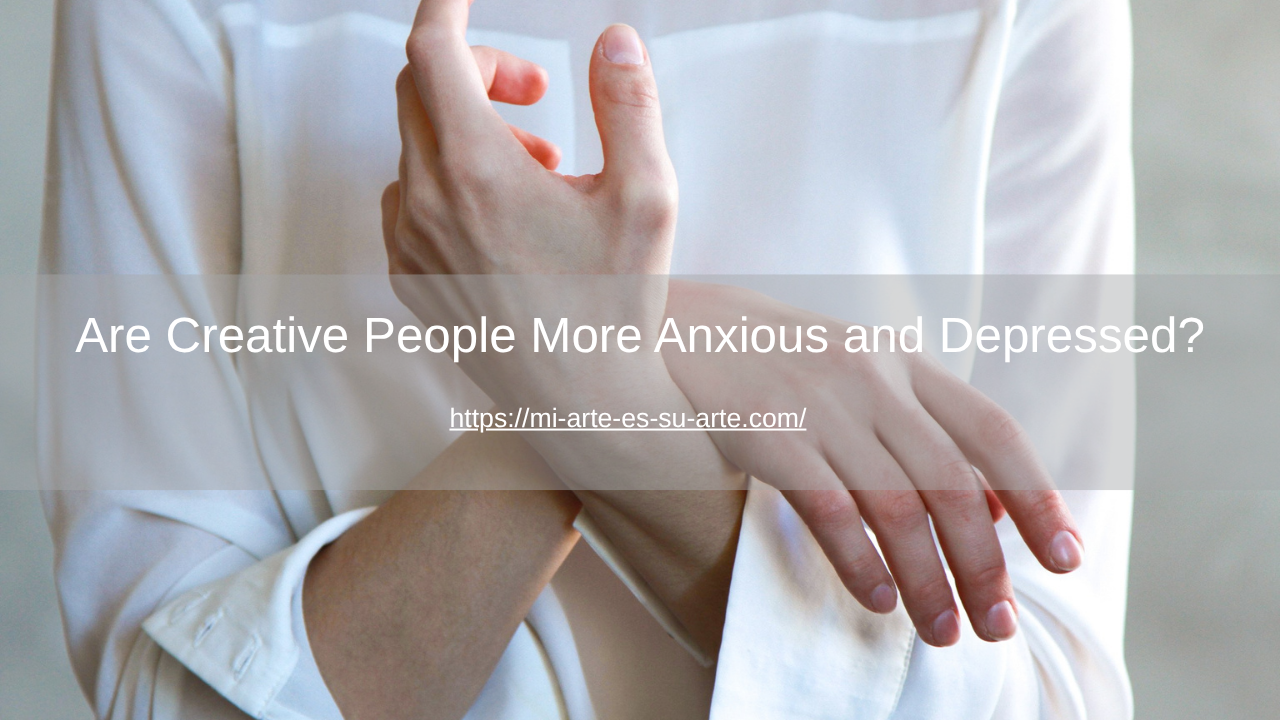
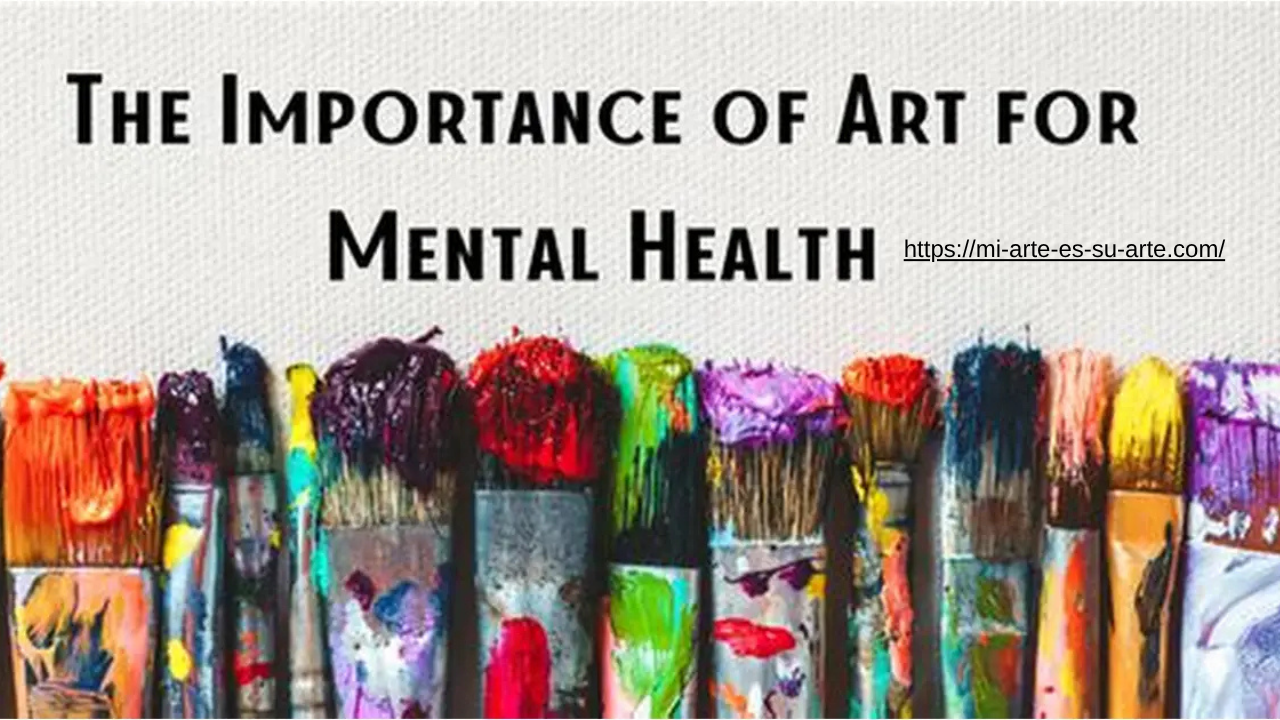 The world often celebrates artists for their passion, vision, and emotional depth. But behind the beauty they create, many artists face silent battles with anxiety, depression, and addiction. The same sensitivity that fuels creativity can also make it difficult to cope with stress, rejection, and the pressures of success. For those in the artistic community, learning to care for mental and emotional health is not a luxury—it is essential to sustain both creativity and life itself.
The world often celebrates artists for their passion, vision, and emotional depth. But behind the beauty they create, many artists face silent battles with anxiety, depression, and addiction. The same sensitivity that fuels creativity can also make it difficult to cope with stress, rejection, and the pressures of success. For those in the artistic community, learning to care for mental and emotional health is not a luxury—it is essential to sustain both creativity and life itself.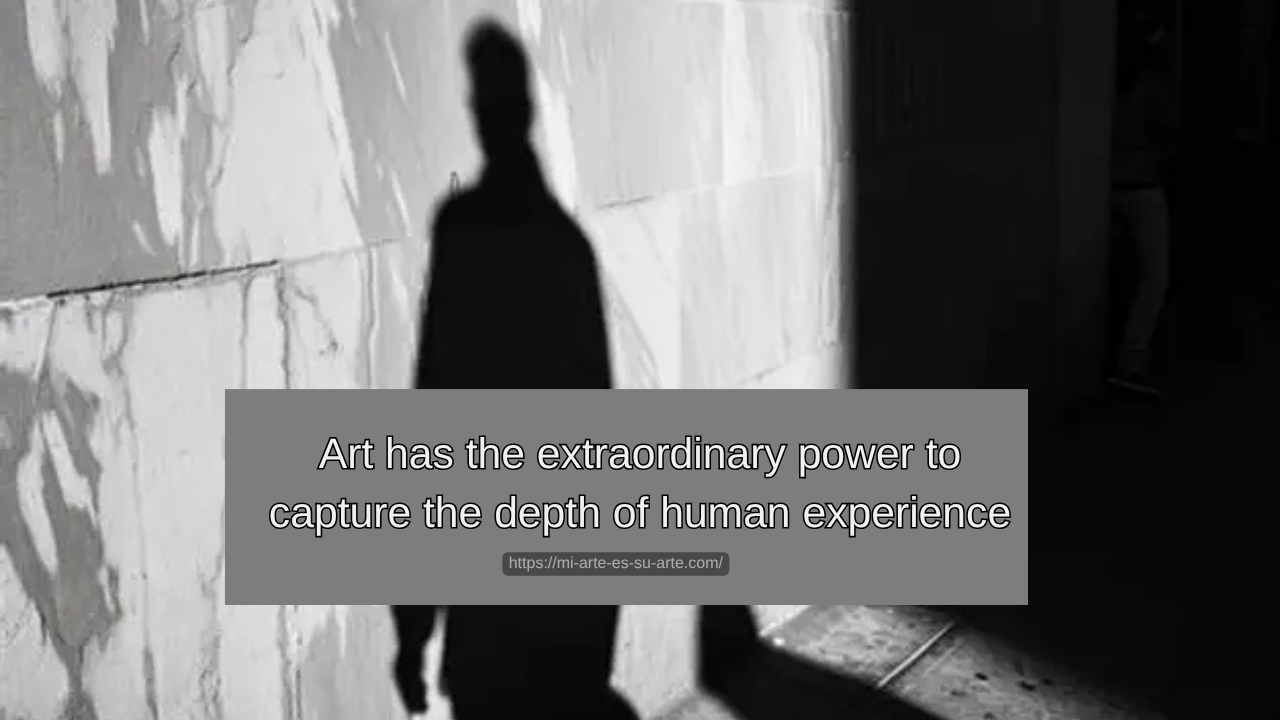 Art has the extraordinary power to capture the depth of human experience, to move audiences, and to inspire change. Yet behind the brilliance of many artistic works lies a less visible story. Many artists face profound psychological challenges that influence both their creativity and their well-being. Anxiety, depression, trauma, and addiction often accompany the lives of highly creative individuals, casting shadows over the very genius that brings their work to life. Understanding these psychological struggles is essential to providing compassionate support and effective recovery options.
Art has the extraordinary power to capture the depth of human experience, to move audiences, and to inspire change. Yet behind the brilliance of many artistic works lies a less visible story. Many artists face profound psychological challenges that influence both their creativity and their well-being. Anxiety, depression, trauma, and addiction often accompany the lives of highly creative individuals, casting shadows over the very genius that brings their work to life. Understanding these psychological struggles is essential to providing compassionate support and effective recovery options.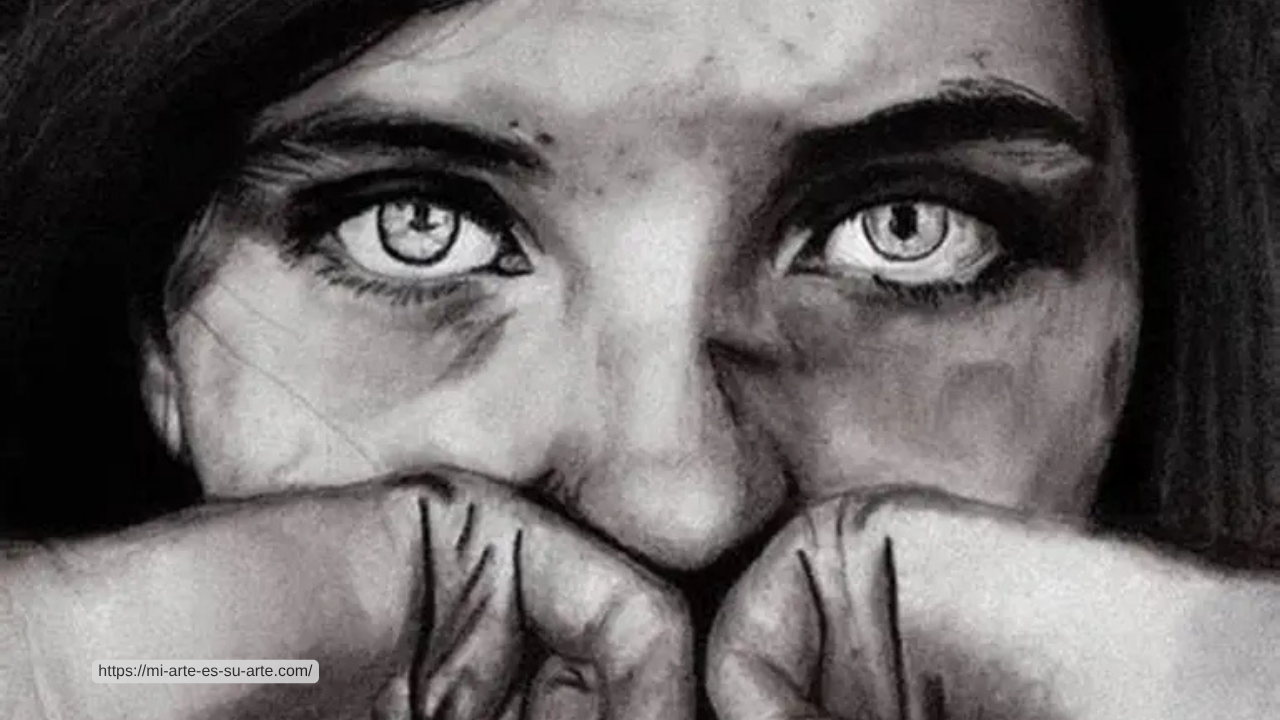 Artistic expression has the power to move, inspire, and transform. For artists, the studio or workspace is often a sanctuary, a place to explore emotions, ideas, and imagination. Yet behind this creative space, many artists grapple with deep struggles in silence. Mental health challenges, addiction, and emotional vulnerability often remain hidden, even as their work captivates audiences. Understanding why so many artists suffer quietly is essential for fostering a culture of support and recovery.
Artistic expression has the power to move, inspire, and transform. For artists, the studio or workspace is often a sanctuary, a place to explore emotions, ideas, and imagination. Yet behind this creative space, many artists grapple with deep struggles in silence. Mental health challenges, addiction, and emotional vulnerability often remain hidden, even as their work captivates audiences. Understanding why so many artists suffer quietly is essential for fostering a culture of support and recovery.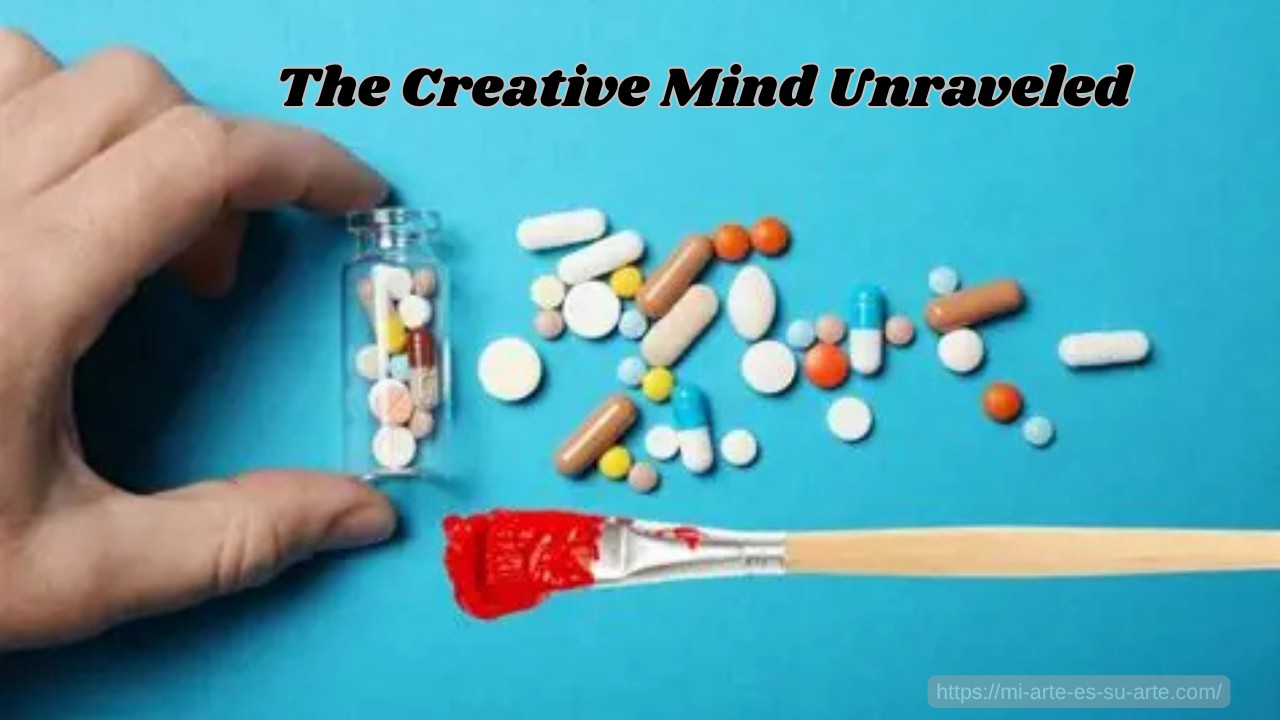 Artists are often admired for their ability to transform emotion into expression, creating work that moves, inspires, and challenges audiences. However, the very qualities that drive creativity—sensitivity, intensity, and deep emotional awareness—can also make artists particularly vulnerable to mental health struggles and addiction. Understanding the complex relationship between creativity and addiction is essential for supporting artists in maintaining both their well-being and their creative potential.
Artists are often admired for their ability to transform emotion into expression, creating work that moves, inspires, and challenges audiences. However, the very qualities that drive creativity—sensitivity, intensity, and deep emotional awareness—can also make artists particularly vulnerable to mental health struggles and addiction. Understanding the complex relationship between creativity and addiction is essential for supporting artists in maintaining both their well-being and their creative potential.